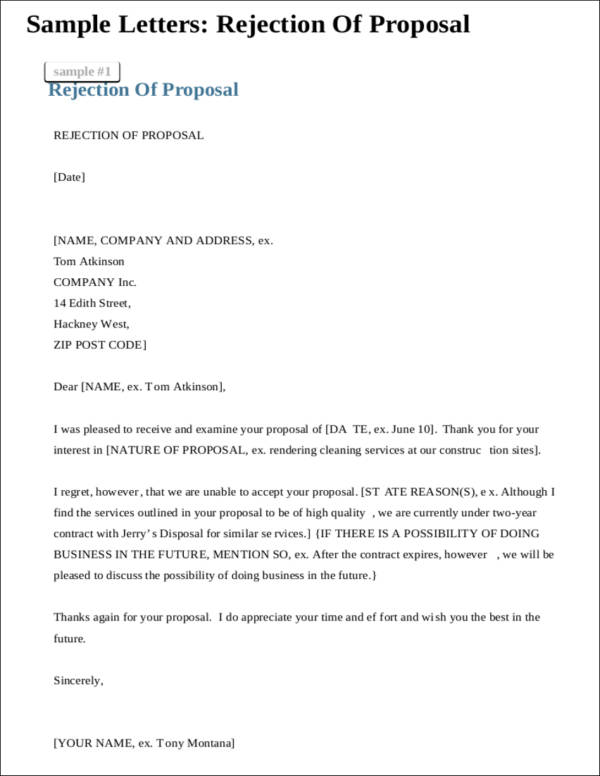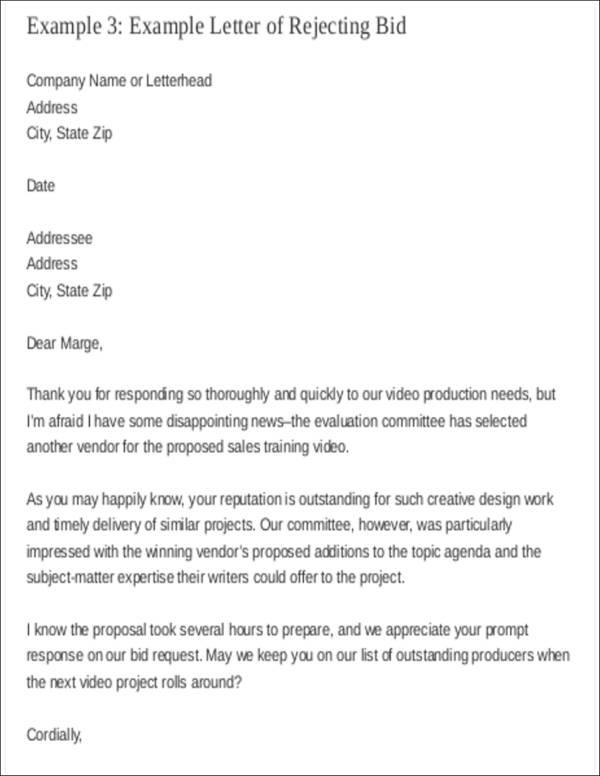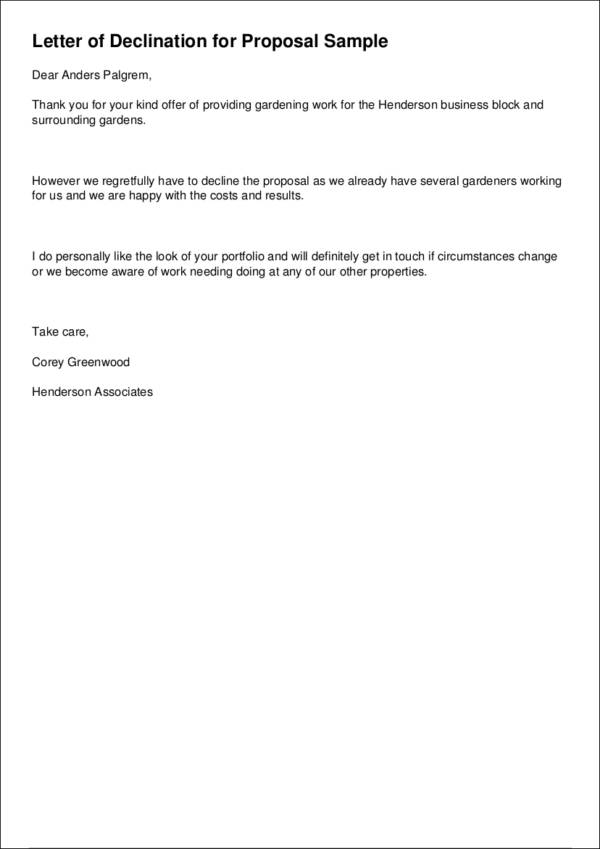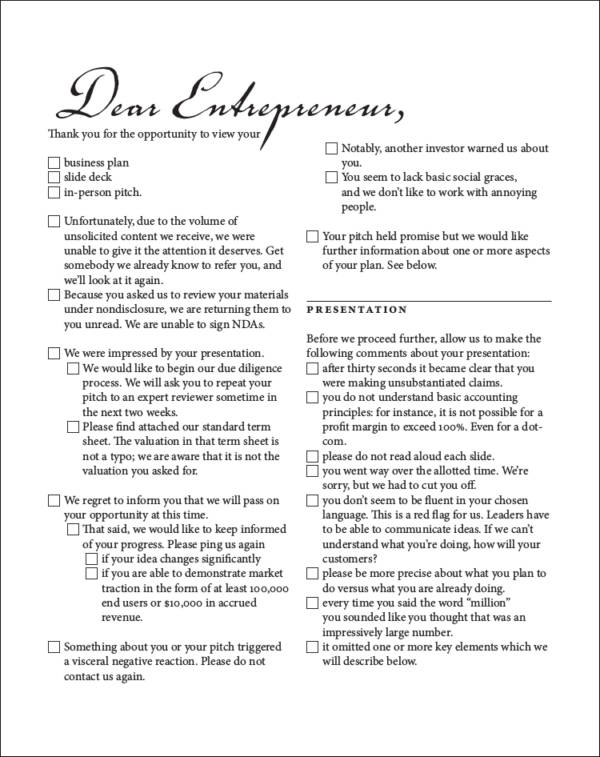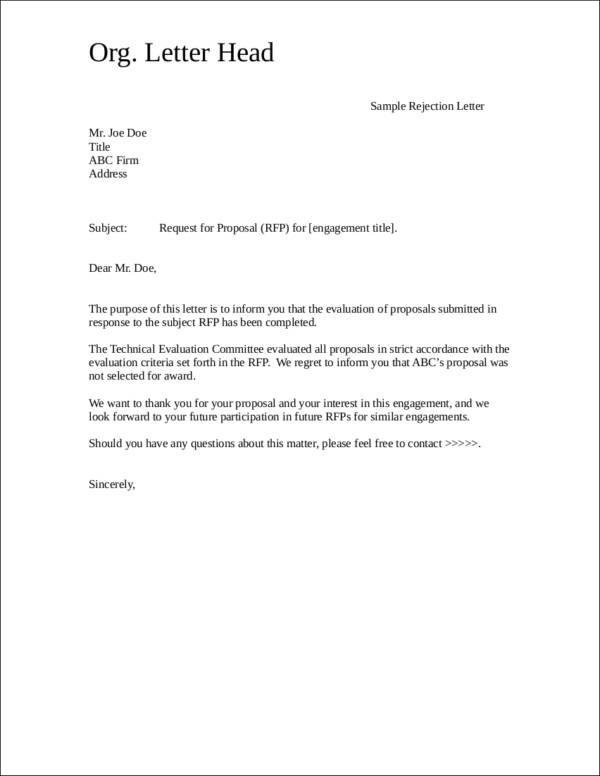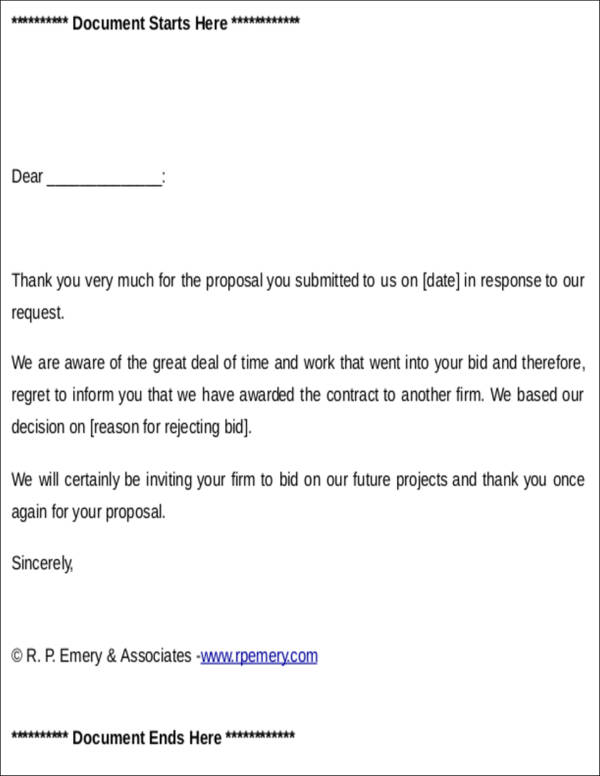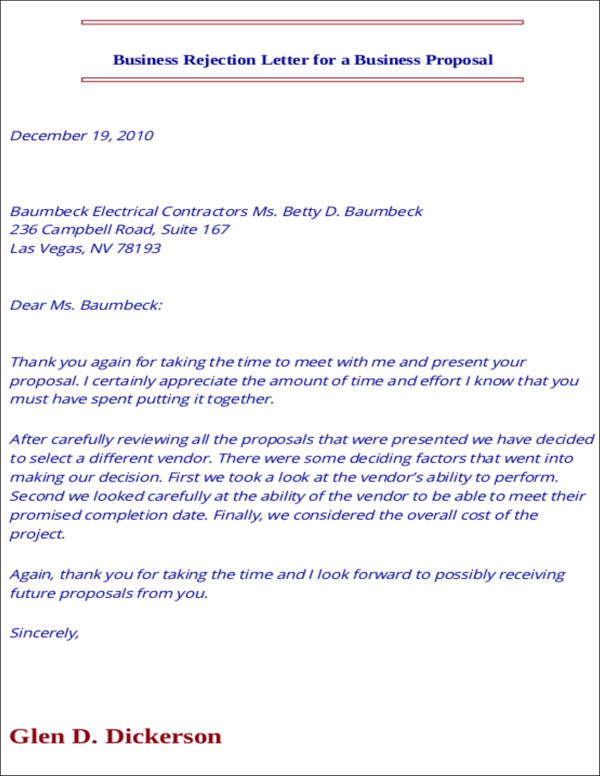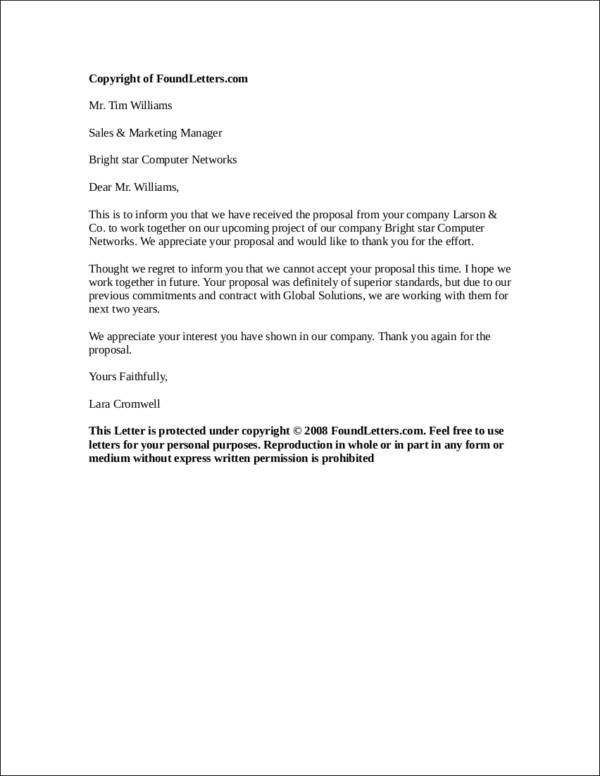Getting a “yes” from investors is probably one of the best feelings in the world. Imagine, after all the hard work you have done, it is finally paying off! You can finally see a bright future for your start-up or your big project and you just know that with the support of your investors, you can already smell that success is on its way.
However, what would you do if the investors you pitched to say “no”? You already quit your job. You put almost all of your lifetime savings into this and all you are going to get is a big, fat no. Imagine the heart-pounding feeling you get after receiving a letter from one of the firms you pitched to only to find out that it is a proposal rejection letter. Ouch, right?
Yes, rejection is such a painful thing to experience, especially for something you worked hard for. But you should look at this experience in a better light. Learn from it, move forward, and try again. A lot of the most successful people out there started out with rejections too.
Speaking of the lessons you learn from investor rejection letters, we will list down some of them. We will also help you out by giving you a few tips on how you can deal with these rejections.
Sample Letters for Rejection of Proposal
Example Letter of Rejecting Bid
???Letter of Declination for Proposal Sample
Start-Up Fundraising Rejection Form Letter
Sample Rejection Letter
The Lessons Learned
Read each one of those rejection mails and emails you get.
One day, you get that first response letter. It says no—in full detail! Then another comes in, and another one, then two come in a day. Sooner or later, you find yourself having all of these rejection letters in the inbox of your email. Whenever you receive an email from one of the firms you pitched to, you almost already know that they are going to say no, so you do not bother to go through those anymore. That is pretty understandable considering the amount of rejections you have been getting. One advice we would like to give you? Read those emails again. By re-reading these emails, you might be able to find the answer as to why they have been saying no and you will now have a better idea on how you can improve your start-up or your project. You might not realize it yet but the rejections you have been getting are helpful all along.
It may not really be a no.
Did you ever think that the no they gave it not really a no? Maybe it is the “maybe in the future” kind of no. Go back to the first lesson. Maybe they do find potential in what you are proposing. Maybe they just want you to make some improvements. Maybe you need to work a little harder and invest just a little more time and money on your start-up or project. Once you feel that you are ready again, try pitching to the same people once again. Maybe this time around, they find that you and your start-up or project are way better this time than before. Have a little patience and just keep working harder.
Change for the better.
We will tell you again to refer to the first lesson. Prepare a project checklist wherein you will list down the common things that they have said about your start-up or project. Make a timeline about when each point will be done with the improvements. Have a few people help you out with the improvements. Use their words as a means to strive better, work harder, and prove to them that your start-up/project is going to be a successful one.
Give those people who rejected you some updates.
Let them know that you are a professional and that you know how to handle rejections well. Draft a good letter that follows the proper format for business letters. Send your letter to those firms again and let them know when your improvements will be ready and if they would be available for a meeting.
A quick tip: Do not delete or throw away those rejection letters. You never know when those letters will be helpful.
Rejection of Proposal Example
Business Rejection Letter for a Business Proposal
Proposal Rejection Letter Example
Key Takeaway
- Get a clue. Try to see a pattern with what the investors were trying to tell you. See if it is a hard no or just a not-this-time no. Go through each of your letters carefully and take down notes.
- Maybe there is something wrong. Again, take a hint from what the investors were trying to say and see it as a form of constructive criticism. If the rejecting party did not tell you why you were rejected, politely ask why they did so.
- Improve on the key areas. The investors will more or less let you know on the areas that they find to be a bit short on something. Work on these suggestions and try to let them know that you are working on it by giving them updates.
- Take everything lightly and do not take the rejections personally. Do not be too emotional about it. They were rejecting you because you needed to work more on your pitch or your start-up. After all, for each no you get means that you are not that far from getting that sweet yes! So take a chill pill, work on the suggestions, and present your project pitch one more time.
Related Posts
Resignation Letter for Medical Samples & Templates
Letter of Intent Samples & Templates
Letter of Intent for a Job Samples & Templates
Lease Proposal Letter Samples & Templates
Letter of Inquiry Samples & Templates
Character Reference Letter Samples & Templates
Claims Letter Samples & Templates
Response Letter Sample & Templates
Follow Up Letter Samples & Templates
Sample Project Proposal Letter Templates
Donation Letter Samples & Templates
Addressing a Formal Letter Samples & Templates
Grievance Letter Samples & Templates
Sample Sponsor Thank You Letter Templates
Sample Letters of Request

